Hoodoo HQ
© ueberkunst/iStock/Getty Images Plus
While we're seeing Bryce Canyon under the summer sun, it's the cold that's responsible for this national park's unique red-rock pinnacles, or hoodoos. Set high above sea level, the canyon sees frequent shifts between above- and below-freezing temperatures. Hoodoos formed as water seeped into massive stone plateaus, then froze and expanded to break away chunks of rock. Repeated day after day for eons, this process has left slim sections of sediment standing throughout Bryce Canyon—now the largest concentration of hoodoos in the world.
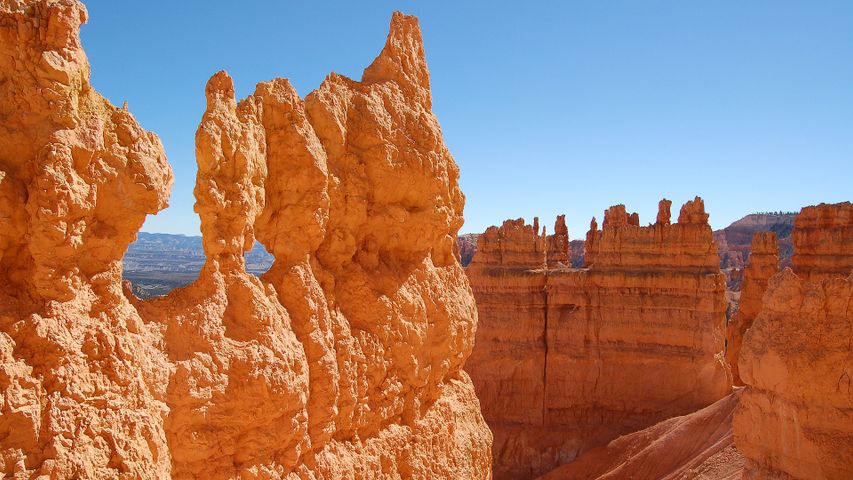
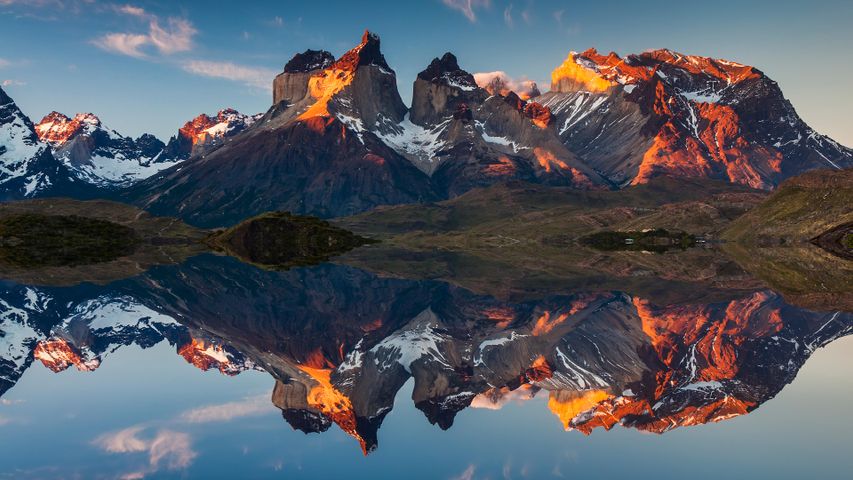 Mirror, mirror…
Mirror, mirror…
 A mirrored massif
A mirrored massif
 A princely province
A princely province
 Of tarn and tower
Of tarn and tower
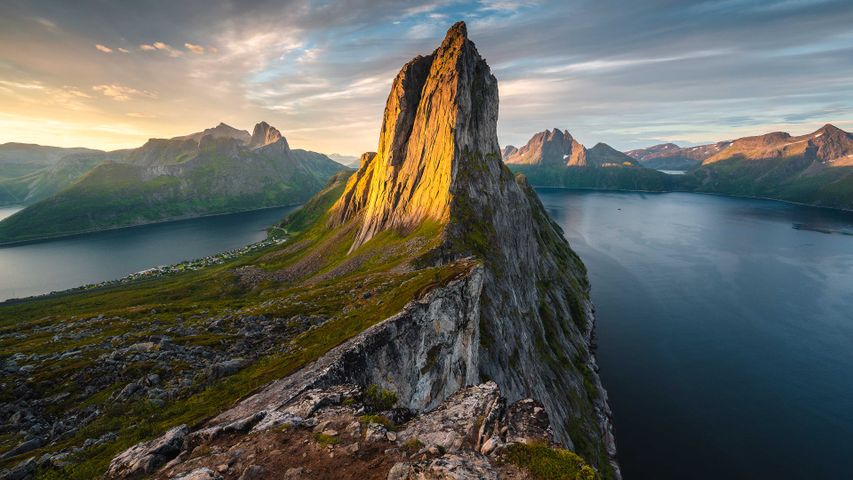 The spire of Segla
The spire of Segla
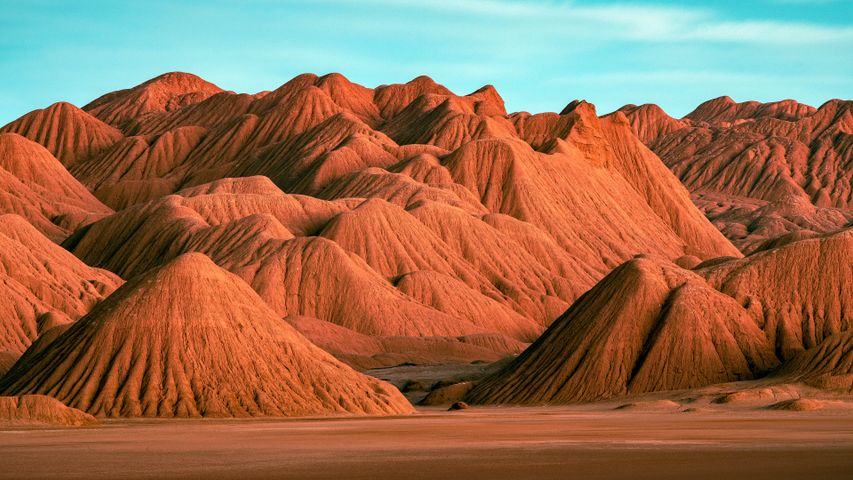 The Devil's Desert
The Devil's Desert
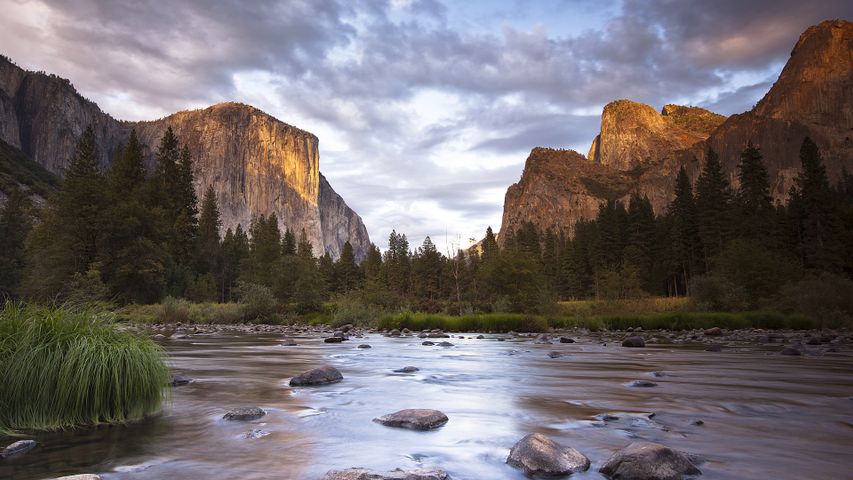 A famous valley view
A famous valley view
 Fly me to…
Fly me to…